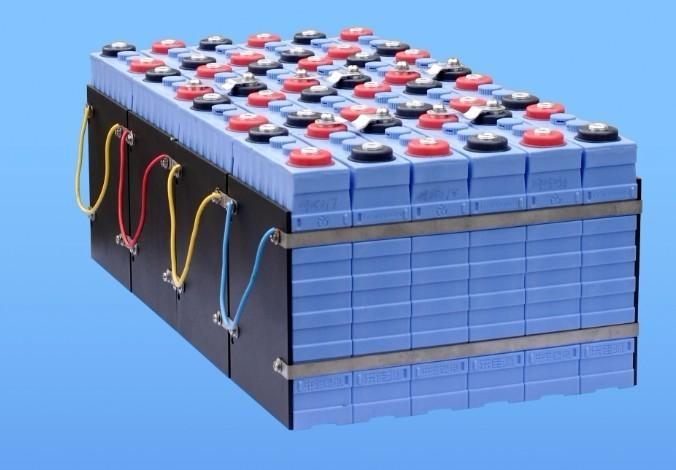AGM (Absorbent Glass Mat) batteries and GEL (Gelled Electrolyte) batteries are both types of lead-acid batteries, but they have some key differences in their construction, performance characteristics, and recommended applications.
- Electrolyte State:
- AGM Batteries: AGM batteries use a fiberglass mat soaked in electrolyte (sulfuric acid) that is absorbed into the mat. The mat is sandwiched between the battery plates, and the electrolyte is held in place by capillary action.
- GEL Batteries: GEL batteries have a silica-based gelled electrolyte, which immobilizes the electrolyte and turns it into a gel-like substance. The gel electrolyte is suspended between the battery plates.
- Construction:
- AGM Batteries: AGM batteries are constructed with thin fiberglass mat separators that hold the electrolyte, providing a relatively higher power density. They are known for their high cycling capability and quick recharge ability.
- GEL Batteries: GEL batteries have a thicker and more viscous electrolyte in gel form. This design helps to reduce acid stratification and provides better resistance to vibration and shock.
- Venting and Pressure:
- AGM Batteries: AGM batteries are valve-regulated lead-acid (VRLA) batteries, and they are sealed. They have a pressure relief valve that allows excess gases to escape in case of overcharging but generally require less maintenance.
- GEL Batteries: GEL batteries are also VRLA batteries with a sealed design. They have a valve that allows gas to escape if pressure builds up inside the battery.
- Performance in Deep Cycling:
- AGM Batteries: AGM batteries are well-suited for deep-cycle applications and are commonly used in applications such as renewable energy systems, electric vehicles, and uninterruptible power supplies (UPS).
- GEL Batteries: GEL batteries are also suitable for deep-cycle use and are often preferred in applications where minimal maintenance and vibration resistance are important.
- Temperature Sensitivity:
- AGM Batteries: AGM batteries generally perform well in a range of temperatures. They are less sensitive to temperature variations compared to GEL batteries.
- GEL Batteries: GEL batteries tend to perform better in high-temperature conditions and are often used in applications where temperature extremes are a concern.
- Cost:
- AGM Batteries: AGM batteries are often more cost-effective than GEL batteries, making them a popular choice for various applications.
- GEL Batteries: GEL batteries are typically more expensive than AGM batteries due to their construction and advanced technology.
Ultimately, the choice between AGM and GEL batteries depends on specific application requirements, cost considerations, and environmental factors. Both types have their advantages and are suitable for different applications.


